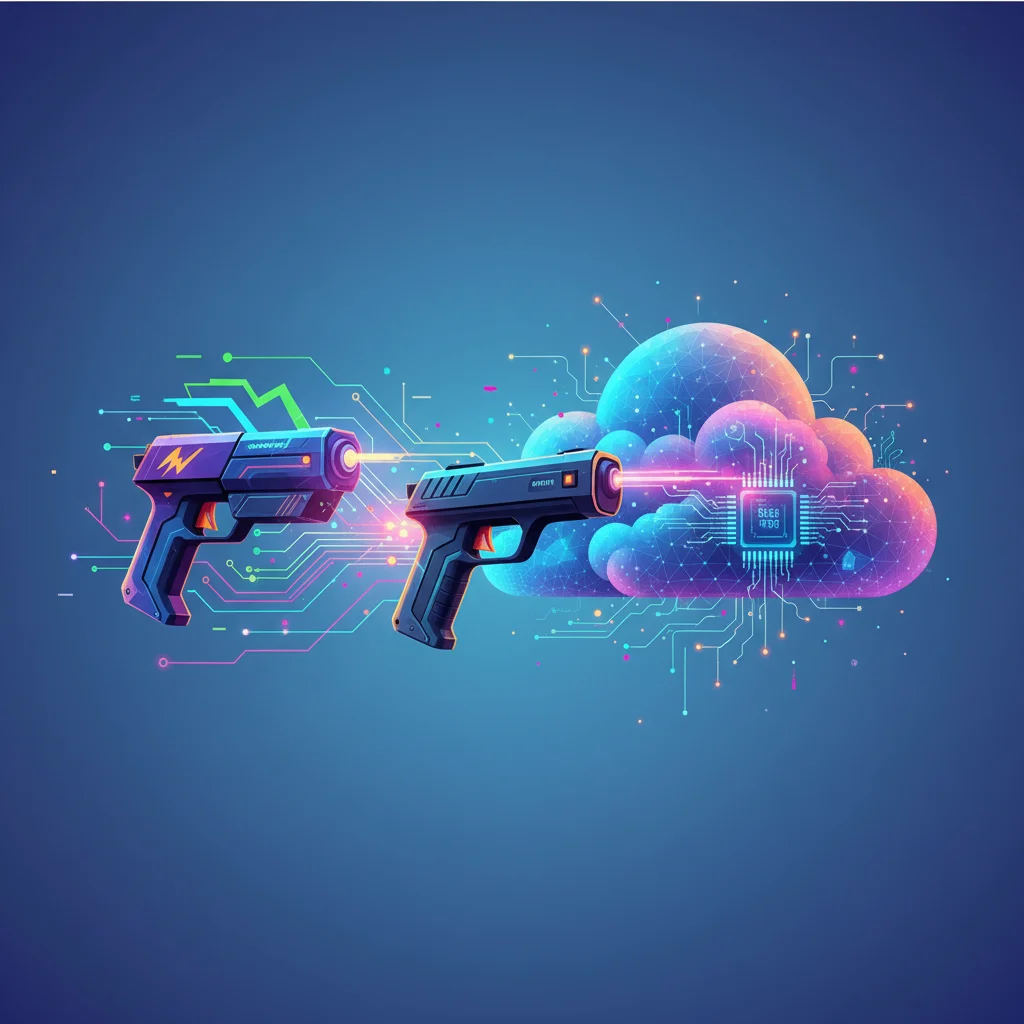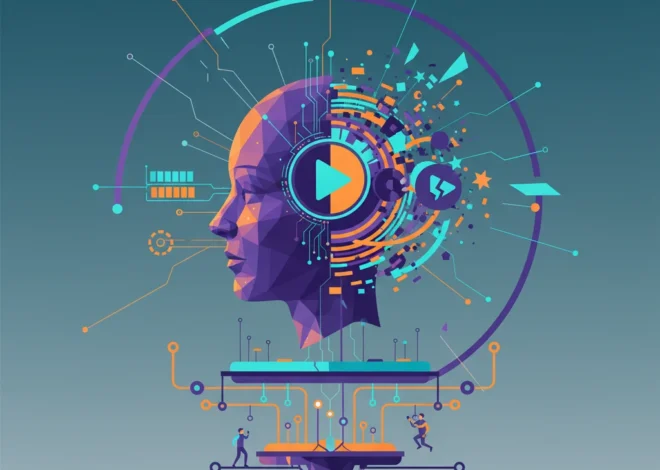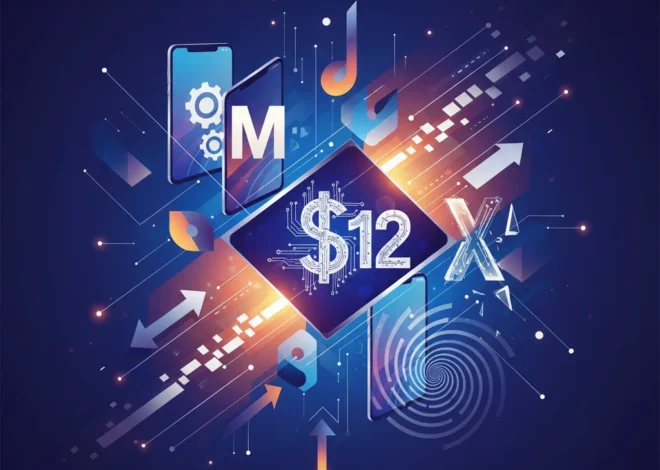
From Stun Guns to Smart Clouds: The AI-Powered Future of Taser Technology
The Surprising Tech Revolution Behind the Taser
When you hear the word “Taser,” you probably picture a specific, high-voltage piece of hardware. It’s a device that has become so iconic it’s practically a household name, synonymous with non-lethal law enforcement tools. But what if I told you the future of the Taser has less to do with electricity and more to do with artificial intelligence, the cloud, and a sophisticated SaaS ecosystem? It’s a pivot so profound it’s turning a hardware company into a data-driven tech giant.
In a recent discussion on the BBC’s Tech Life program, the head of Axon (the company behind the Taser) painted a picture of the future that sounds more like a Silicon Valley pitch deck than a weapons manufacturing plan. The company is no longer just selling devices; it’s building a comprehensive operating system for public safety. This transformation is a fascinating case study in innovation, offering powerful lessons for developers, entrepreneurs, and tech leaders on how to disrupt a legacy industry from within.
Let’s unpack this evolution from a standalone stun gun to a fully integrated, AI-powered platform and explore what it means for the future of technology and society.
Beyond the Spark: The Shift from Hardware to a Connected Ecosystem
For decades, Axon’s business model was simple: manufacture and sell Taser devices to law enforcement agencies. It was a classic hardware play—a one-time transaction. But the company’s leadership saw the writing on the wall. In a world increasingly dominated by data and recurring revenue, relying solely on hardware sales was a dead end. The real value wasn’t just in the device itself, but in the data and context surrounding its use.
This realization sparked a strategic shift toward building a connected ecosystem. The first major step was the development and widespread adoption of body-worn cameras. Suddenly, every incident could be recorded, creating a massive influx of video data. This data was a liability (storage, management, security) but also a tremendous opportunity. How do you manage petabytes of sensitive video evidence? How do you review it efficiently? How do you protect privacy while ensuring transparency?
The answer was software and the cloud. Axon launched Evidence.com, a cloud-based digital evidence management system. This platform-as-a-service (PaaS) and SaaS solution transformed the company’s business model. Police departments weren’t just buying cameras anymore; they were subscribing to a full-stack solution for data capture, storage, and management. This move created a powerful recurring revenue stream and, more importantly, a sticky ecosystem that is difficult for customers to leave.
This strategic pivot from a product to a platform is a masterclass for startups looking to build a sustainable business. It’s about identifying the entire workflow around your product and building software to solve the adjacent problems.
The Brains Behind the Badge: AI and Machine Learning in Action
With a massive, ever-growing repository of data on their cloud platform, the next logical step for Axon was to leverage AI and machine learning to make sense of it all. The sheer volume of video footage generated by police departments is staggering. A single large city can produce hundreds of thousands of hours of video per month. Manually reviewing, redacting, and transcribing this content is an expensive, time-consuming, and error-prone process.
This is where automation, powered by AI, becomes a game-changer. Here are a few ways Axon is integrating AI into its platform:
- Automated Redaction: When body camera footage is released to the public or used in court, sensitive information—like the faces of minors, license plates, or addresses on a building—must be blurred out. AI-powered computer vision models can automatically detect and redact these elements, reducing a task that once took hours to mere minutes. This is a practical application of machine learning that delivers immediate, measurable value.
- AI-Powered Transcription: The audio from body cameras and interview rooms contains critical information. Axon’s software uses advanced speech-to-text algorithms to automatically transcribe audio, making it searchable and easier to review. This helps officers quickly locate key moments in a long recording without having to listen to the entire file.
- Incident Analysis and Training: The CEO of Axon has spoken about a future where AI can analyze incident data to identify patterns and improve training (source). For example, machine learning models could analyze thousands of use-of-force incidents to identify communication patterns that lead to de-escalation versus those that lead to confrontation. These insights could then be used to build more effective training programs for officers.
To better understand this transformation, let’s compare the old model with the new, AI-driven ecosystem.
| Feature | Old Paradigm (Taser as Hardware) | New Paradigm (Axon’s AI Ecosystem) |
|---|---|---|
| Core Product | Taser CEW (Conducted Energy Weapon) | Integrated Suite: Taser, Body Cams, Fleet Cams, Drones, Software |
| Business Model | One-time hardware sales | Subscription-based (SaaS) recurring revenue |
| Data Handling | No data generated or stored | Petabytes of video/sensor data stored and managed in the cloud |
| Key Technology | Electrical engineering | AI, Machine Learning, Cloud Computing, Cybersecurity |
| Value Proposition | Provide a non-lethal force option | Create an end-to-end OS for public safety, enhancing efficiency, transparency, and training |
| Workflow Impact | Isolated tool for use in the field | Automates reporting, evidence management, and analysis |
The Cloud-Connected Beat: Data, Security, and Scalability
The entire Axon ecosystem is built upon a robust cloud infrastructure. This is non-negotiable. Law enforcement data is among the most sensitive information a government can possess, and its integrity is paramount. This makes cybersecurity the bedrock of Axon’s entire platform.
Managing this data involves several key challenges:
- Scale and Storage: We’re talking about exabytes of data globally. Axon has had to build a cloud architecture that can ingest, store, and process this firehose of information reliably and cost-effectively. This is a massive engineering challenge that requires deep expertise in distributed systems and cloud-native technologies.
- Security and Compliance: The platform must comply with stringent government security standards like CJIS (Criminal Justice Information Services) in the US. This involves robust encryption (both in transit and at rest), strict access controls, and regular security audits to protect against breaches. A single major breach could be an extinction-level event for the company.
- Chain of Custody: For evidence to be admissible in court, its integrity must be unimpeachable. The software must maintain a meticulous, tamper-proof audit trail—the digital chain of custody—for every piece of data, tracking who accessed it, when, and what actions were taken. The future vision, as hinted at in the BBC discussion, involves an even more interconnected web of devices, from drones to in-car systems, all feeding data into this central cloud brain.
This focus on a secure, scalable cloud platform is what enables the entire business model. It allows Axon to deploy updates and new features instantly, manage customer data centrally, and leverage the network effects of having thousands of agencies on a single system.
Lessons for Entrepreneurs and Innovators
Axon’s journey from a stun gun maker to a cloud software powerhouse offers a blueprint for any company, especially startups, looking to thrive in the digital age. The key takeaway is to look beyond your core product and build a platform around the entire user workflow.
By embracing software as the core of its business, Axon created a defensible moat. Competitors can try to build a better body camera or a cheaper Taser, but competing with the entire integrated ecosystem—the hardware, the cloud storage, the AI features, the records management integration—is a much taller order. This is the power of platform thinking.
This strategy required a fundamental shift in company culture and talent. Axon had to hire legions of software engineers, AI researchers, and cybersecurity experts—skill sets that were completely foreign to its origins. This commitment to deep technological innovation is what has allowed it to dominate the market and redefine its industry.
The Future is Data-Driven and Intelligent
The future of the Taser isn’t just a more effective device; it’s a single node in a vast, intelligent network. It’s a sensor that feeds data into a system powered by artificial intelligence and the cloud, a system designed to enhance transparency, automate tedious work, and ultimately improve public safety outcomes.
This journey is a powerful reminder that in today’s economy, every company is a tech company, or will be soon. The fusion of hardware, software, and AI is the engine of modern disruption. While the ethical questions surrounding this technology are profound and demand our attention, the underlying business and technological transformation is a compelling glimpse into the future—a future where data is the new ammunition and intelligent software is the ultimate force multiplier.


